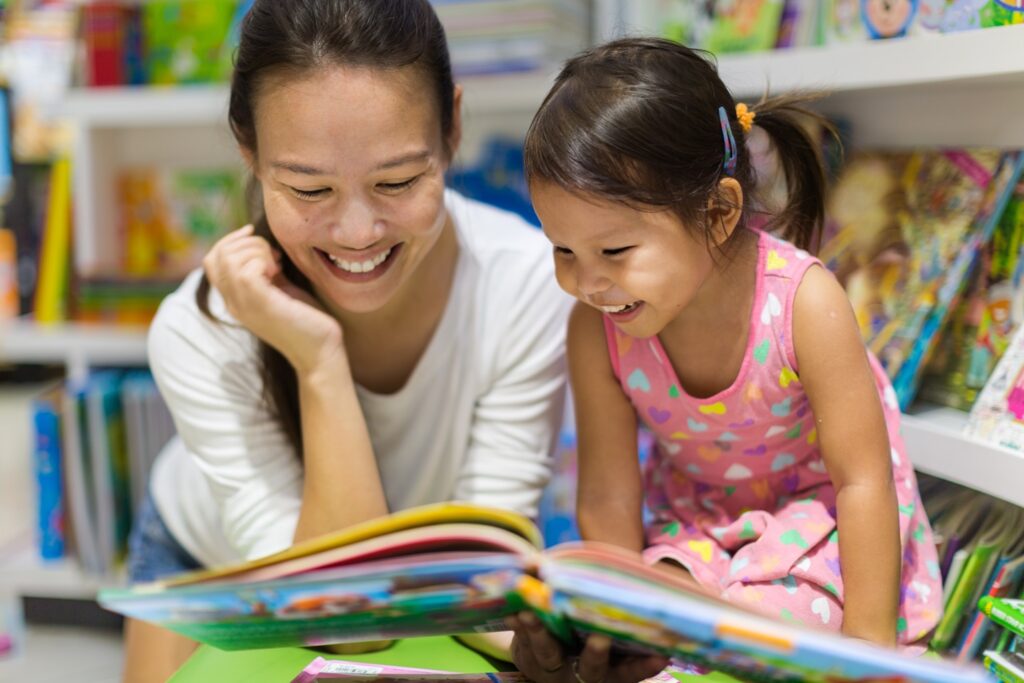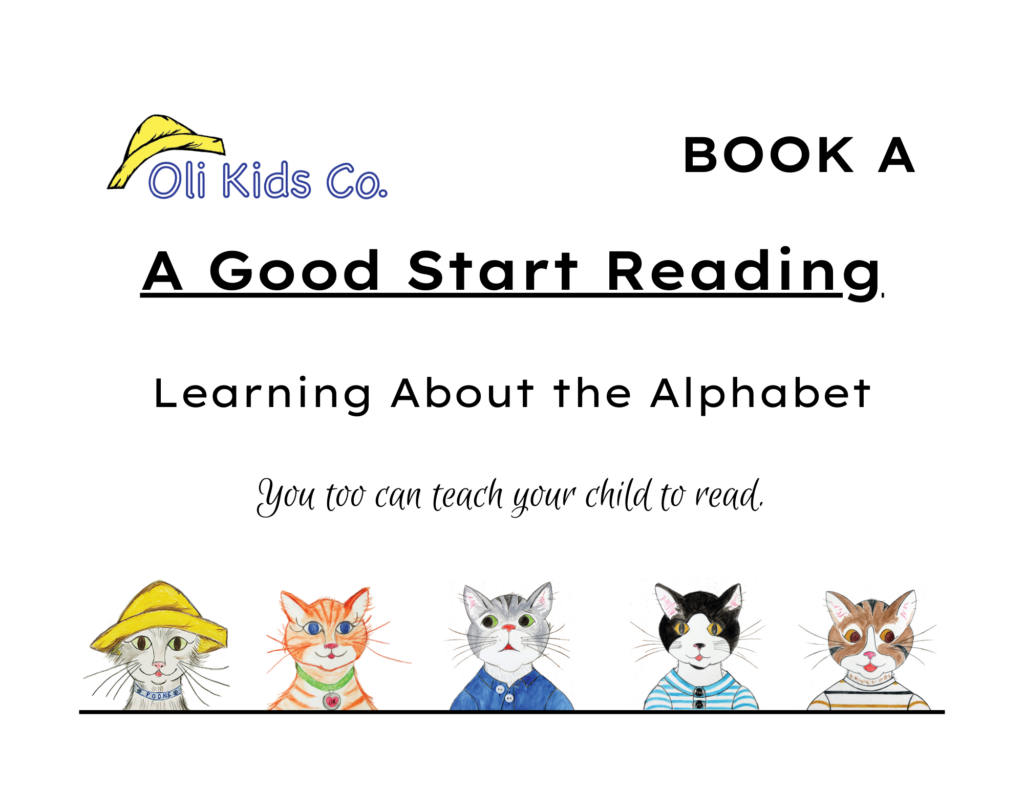How to Make Reading Fun
Learning to Read Can Be Fun!
Reading is the most foundational skill your child will learn. It’s necessary for academic success as it is the gateway to understanding other subjects, including math, science, and social studies. Many children find learning to read tedious and sometimes feel frustrated. Almost every parent has been here before: their child is having difficulty sounding out a word, and they want to give up. This scenario is the perfect time to learn how to make reading fun and incorporate some play. It will help your child see the process of reading as an adventure and discover that each word is a stepping stone into new worlds.
Fun is also pivotal in a child’s cognitive development. Children retain information better and develop a positive attitude when learning feels like play. Learning becomes something they look forward to. Consider incorporating games, songs, and interactive activities to help children grasp complex concepts more easily. Fun allows them to learn literacy while they gain a deeply rooted curiosity about the world. Without a doubt, the learning fun you’re providing them with will have long-term benefits that last a lifetime.
How to Make Reading Fun for Your Child
There are endless ways to incorporate play and make learning to read fun for children. And remember, what may be exciting to one child may be different for others. See what works for your child! You’ll know it when you witness their eyes light up, and they want to keep their learning going. Some popular ways to make learning to read fun include:
Games: Turn reading into a game using flashcards, matching games, or apps designed to make phonics and word recognition enjoyable. We offer many of these fun learning games here! You can also create a fun “word treasure hunt” where the child finds and reads words hidden around the house.
Engaging Books: Choose interactive books—think books with sounds and textures, lift-the-flap books, and pop-up books. Find which books and which characters entertain them the most. If your child loves animals, books incorporating animal characters will be key!
Act Out Stories: You may not be up for an Academy Award for your acting skills, but that doesn’t matter! When you bring stories to life for your child, they will connect more deeply to the story. You can also use props to make the reading experience more immersive.
Cozy Reading Nook: Design a special, cozy space just for reading. Plush pillows, fluffy blankets, and a stuffed toy are a must. It will make reading feel like a treat rather than a chore.
A Good Start was created to give parents a program to jump start and unlock their child’s understanding of how we learn to read through learning games and an immersive experience. It’s also an instructional guide for teaching beginning reading.
Program Details
This effective reading for program for kids ages 3-7 begins with downloadable Book A and Book B to teach children the letters of the alphabet. In Book A, “Learning About the Alphabet”, you will teach beginning readers about the uppercase and lowercase alphabet letter names and to associate each letter with a corresponding picture.
In Book B, “Learning More About the Alphabet”, you will teach beginning readers about the sound each letter of the alphabet makes through the use of memorable graphics. Upon completion of Book B, children move into Book 1: Short “a” Words and move sequentially through Books 1-5 to master new words with each vowel pattern.


